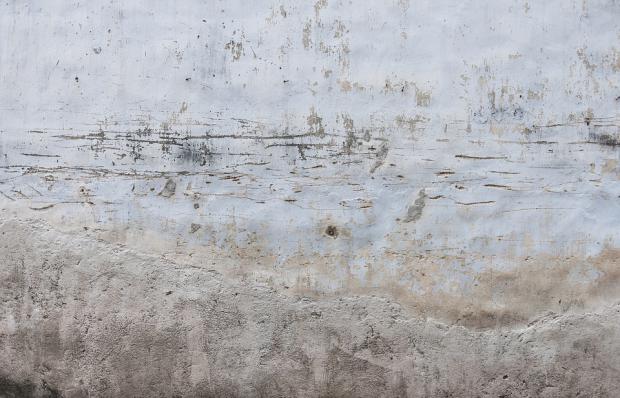
Breaking News
 Grand Theft World Podcast 265 | Patsies & Plot Twists with Guests Greg Carlwood and Jordan Page
Grand Theft World Podcast 265 | Patsies & Plot Twists with Guests Greg Carlwood and Jordan Page
 The Best EVs We Drove In 2025: How We Picked The Winners
The Best EVs We Drove In 2025: How We Picked The Winners
 FULL SPEECH: Tucker on the America First Movement & New "Deplatforming"...
FULL SPEECH: Tucker on the America First Movement & New "Deplatforming"...
 Tucker Carlson on the Somali Invasion and the Self-Loathing Ideology Destroying America
Tucker Carlson on the Somali Invasion and the Self-Loathing Ideology Destroying America
Top Tech News
 This tiny dev board is packed with features for ambitious makers
This tiny dev board is packed with features for ambitious makers
 Scientists Discover Gel to Regrow Tooth Enamel
Scientists Discover Gel to Regrow Tooth Enamel
 Vitamin C and Dandelion Root Killing Cancer Cells -- as Former CDC Director Calls for COVID-19...
Vitamin C and Dandelion Root Killing Cancer Cells -- as Former CDC Director Calls for COVID-19...
 Galactic Brain: US firm plans space-based data centers, power grid to challenge China
Galactic Brain: US firm plans space-based data centers, power grid to challenge China
 A microbial cleanup for glyphosate just earned a patent. Here's why that matters
A microbial cleanup for glyphosate just earned a patent. Here's why that matters
 Japan Breaks Internet Speed Record with 5 Million Times Faster Data Transfer
Japan Breaks Internet Speed Record with 5 Million Times Faster Data Transfer
 Advanced Propulsion Resources Part 1 of 2
Advanced Propulsion Resources Part 1 of 2
 PulsarFusion a forward-thinking UK aerospace company, is pushing the boundaries of space travel...
PulsarFusion a forward-thinking UK aerospace company, is pushing the boundaries of space travel...
 Dinky little laser box throws big-screen entertainment from inches away
Dinky little laser box throws big-screen entertainment from inches away
 'World's first' sodium-ion flashlight shines bright even at -40 ºF
'World's first' sodium-ion flashlight shines bright even at -40 ºF
Phase-change concrete melts snow and ice without salt or shovels

The novel material could reduce the need for plowing and salting and help preserve the integrity of road surfaces.
According to the US Department of Transportation (DOT), more than 70% of roads are in snowy regions. Snow and ice accumulation reduces road friction and vehicle maneuverability, causing drivers to slow and increasing the risk of crashes. Snow-obstructed lanes and roads also reduce roadway capacity and increase travel time.
The DOT states that local and state agencies spend more than US$2.3 billion annually on snow and ice control operations, in addition to the millions spent repairing infrastructure damage caused by snow and ice. Salting is often used before a snow event to prevent icing, but the highly concentrated salt solution can deteriorate concrete or asphalt. In addition, when water seeps into the road and freezes, it expands, causing internal pressure and damaging the road.
In a new study, researchers from Drexel University in Pennsylvania, US, a known 'cold state,' present their self-heating concrete: a potential fix to snowed-over roads and the cost associated with clearing and maintaining them.
"One way to extend the service life of a concrete surfaces [sic], like roadways, is to help them maintain a surface temperature above freezing during the winter," said Amir Farnam, principal investigator at Drexel's Advanced Infrastructure Materials (AIM) lab and one of the study's corresponding authors. "Preventing freezing and thawing and cutting back on the need for plowing and salting are good ways to keep the surface from deteriorating. So, our work is looking at how we can incorporate special materials in the concrete that help it to maintain a higher surface temperature when the ambient temperature around it drops."
The researchers' 'special material' is paraffin, a so-called phase-change material because it releases heat when it moves from a liquid state at room temperature to a solid state when temperatures drop. In a previous study, they tested phase-change concrete in a thermally controlled lab setting, but in the current study, they tested it in real time, under real-world conditions.



